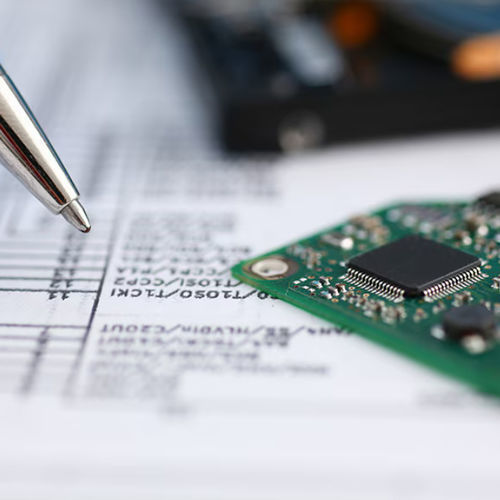
SoC system-on-chip TrustZone
Add to favorites
Compare this product
Characteristics
- Options
- SoC
Description
Arm TrustZone technology is used on billions of application processors to protect high-value code and data. Arm TrustZone technology offers an efficient, system-wide approach to security with hardware-enforced isolation built into the CPU. It provides the perfect starting point to establish a device root of trust based on PSA guidelines.
This concept of secure (trusted) and non-secure (non-trusted) worlds extends beyond the processor to encompass memory, software, bus transactions, interrupts and peripherals within an SoC.
Features and Benefits
Flexible Foundation
TrustZone technology provides a foundation for system-wide security and the creation of a trusted SoC. Any part of the system can be designed as part of the secure world, including debug, peripherals, interrupts and memory.
Range of Security Options
Instead of providing a fixed one-size-fits-all security solution, Arm TrustZone technology provides the foundations that allow the SoC designer to choose from a range of components that can fulfil specific functions within the security environment.
What Is TrustZone Technology?
TrustZone technology within Cortex-A based application processors is commonly used to run trusted boot and trusted OS to create a Trusted Execution Environment (TEE). Typical use cases include the protection of authentication mechanisms, cryptography, mobile device management, payment, key material, and digital rights management (DRM).
Catalogs
Arm Cortex-M85
3 Pages
Related Searches
*Prices are pre-tax. They exclude delivery charges and customs duties and do not include additional charges for installation or activation options. Prices are indicative only and may vary by country, with changes to the cost of raw materials and exchange rates.




